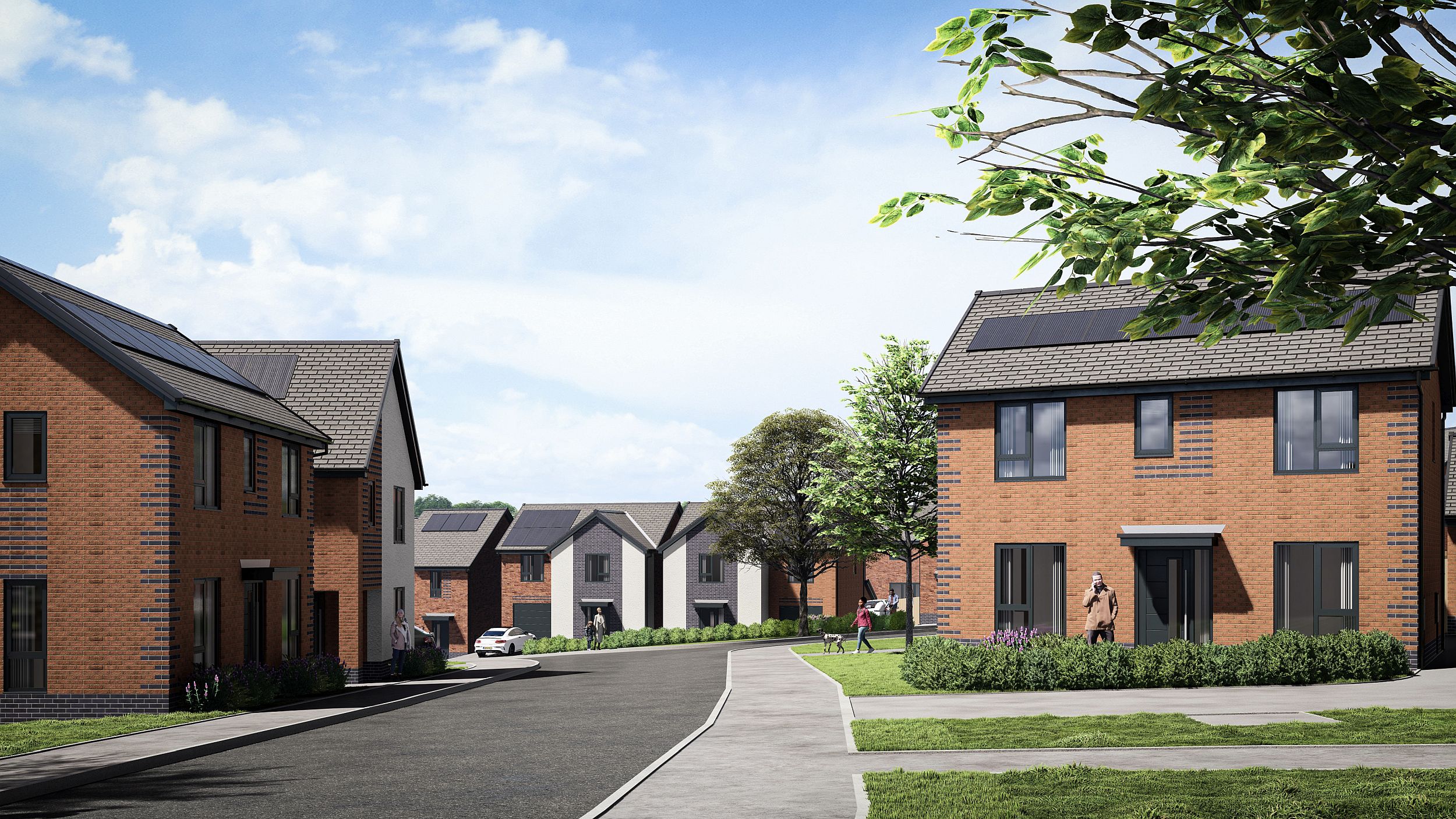Please explain the difference between an insurance valuation and the depreciated replacement cost basis of valuation (DRC)
Insurance valuations are far more complex than imagined by many students. The fault in some cases may be attributable to the method taught for calculating the insurance premium as a landlord’s outgoing in the Investment method of valuation. Indeed one suspects that it is not only students who use a figure of 1% to 2% of full rental value as a means of calculating the probable insurance premium to be met out of rent collected when property has been leased on internal non-insuring terms. This approach is clearly wrong from the point of view of both insurance and investment valuations.
An approach that is slightly better is the unit cost method, and this is probably the preferred method for most valuers. Here the valuer calculates the gross external floor area of the property and applies to that a rebuilding cost per m2 or sq ft. In the case of residential properties the professional societies and a number of insurance companies produce tables of house reinstatement cost figures which take account of some of the variations in cost that occur between areas of the country, type of residential property and variation due to age of construction. These tables certainly help the valuer get closer to a true reinstatement cost figure for residential property, but the problem is far greater in the case of agricultural, commercial and industrial buildings.
There are certain cases where the insured will be content with an indemnity policy, which will be sufficient to compensate the insured for loss suffered but not necessarily sufficient to make good damage — for example, with obsolete buildings where the insured has no intention to rebuild and has no need to be covered for full reinstatement. But in the majority of cases of total destruction by fire the insured will wish to rebuild, and the buildings must be insured for their full reinstatement cost to cover this possibility. While instances of total destruction from fire do arise, far more claims are made for partial damage. In these cases the insurers will check the average provision in the policy, and here it is essential for the reinstatement figure entered on the policy to be the full cost of reinstating the actual building. The unit cost method might not take sufficient account of the following points.
(1) The cubic area may be disproportionately large because of excess ceiling heights
(2) The shape may distort overall cost. For example, the cost of constructing a square or rectangular building is far less than the cost of constructing a round or hexagonal building with the same gross area.
(3) The square measure may not fully reflect the distribution of the space. Some account must be taken of the total height of the building, the number of storeys and provision of lifts, etc.
(4) The unit cost may not fully reflect the architectural style and embellishments of period properties.
(5) The unit cost may not fully reflect the cost of the specific materials used in the construction.
It is possible for the valuer to adjust the unit cost figure in an effort to reflect some or all of the above points, but subjective adjustments may in hindsight prove to be too approximate. It might be more sensible in the long run to use a method that more fully reflects the true quality of materials and labour needed to reinstate the actual building.
The reinstatement cost must reflect the requirements of the policy document itself. Thus some policies cover the insured for the costs of demolition, site clearance and shoring, provided the property is insured for its full reinstatement figure. In other cases it may be necessary to specify the cover required for these items. A similar check is essential in terms of architects’ and surveyors’ fees and the position of VAT. In most cases it is sensible to include for foundation costs. It is often a mistaken belief that the existing foundations will remain after a fire and can be built on. If they are of some age the local authority could insist that on rebuilding they be brought up to current regulation standards. The reinstatement figure must include the cost of replacing all structures, services, footpaths, boundary walls, etc.
The cost figure adopted should represent the figure a contractor would give if asked to price the work at the commencement of the policy. Care must then be taken to see that either the policy will provide automatic cover for increases in cost during the policy term and expected rebuilding period or, if not, that the initial cost estimate is increased to cover these inflation elements. Residential policies frequently include an indexation allowance for inflation, but this need not be the case with fire policies for other properties.
It may be necessary, in some cases, to increase the reinstatement figure by as much as 20% to cover the possibility of a building taking two years to rebuild from the last date of the policy.
In summary, an insurance valuation for full reinstatement cover must be future-looking and based on the cost of reinstating the actual building. It will exclude land value but include an element for improvement such as services.
Depreciated replacement cost basis of valuation
The DRC basis is recommended by the Assets Valuation Standards Committee of the RICS in their guidance notes for valuing specialist properties which are rarely if ever sold. It must be remembered that an asset valuation exercise requires the valuer to assess the value to the business in occupation of the property on an existing-use basis.
The DRC basis requires the valuer first to assess the market value of the land in its existing use. To this the valuer adds the replacement cost of the building, adjusted for economic and functional obsolescence and for environmental factors.
The AVSC background paper on DRC makes the following points:
A modern substitute building of the same gross internal floor area might cost substantially less than an identical replacement of the one on the site by taking advantage of current building techniques and the use of modern materials. The lower figure is the one to use.
The valuer is concerned not with what it would cost to erect a building in the future but rather what it would have cost if work had commenced at the appropriate time so as to have the building available for occupation at the valuation date.
Additions will normally need to be made to the estimated building contract price for professional fees and finance charges, which may be quite substantial when dealing with a large property which may take several years to develop.
Regional development grants are payable under the Industry Acts for buildings and works in intermediate, development and special development areas. The accounting treatment of such grants can vary and the fact that they may be claimable should be ignored by the valuer and they should not, therefore, be used to reduce the gross replacement cost of the buildings. The valuer should make clear that the grants have been ignored in the valuation.
The gross replacement cost of the building is only the first part of the calculation, as the valuer must then go to consider what deductions should be made to allow for the quality of the property as existing. Deductions will normally be made under three main headings:
Economic obsolescence – the age and condition of the existing building and the probable cost of future maintenance as compared with that of a modern building.
Functional obsolescence – suitability for the present use and the prospect of its continuance or use for some other purpose by the business. For example, a building constructed or adapted for specialised uses, including particular industrial processes, may have an apparent useful life longer that that contemplated for the actual operation carried out. The valuer should always consult with the directors to ascertain their future plans.
Environmental factors – existing uses should be considered in relation to the surrounding area and local and national planning policies.
The valuer should qualify every valuation prepared on a depreciated replacement cost basis as being subject to the adequate potential profitability of the business compared with the value of the total assets employed. It is for the directors to decide if the business is sufficiently profitable to be able to carry the property in the balance sheet at the full depreciated replacement cost or whether some lower figure should be adopted. In the case of leasehold land the valuer will need to draw attention to the amount of rent payable both in the present and future and any unusual onerous covenants which could affect the directors’ judgment on the adequacy of profits.
This explanation should clarify the difference between the two types of valuation. In summary, an insurance valuation excludes land value, looks forward in time and should in most cases be based on the actual building; figures are not adjusted for obsolescence. A DRC valuation includes land value, looks back and may be based on a modern substitute building; it will be adjusted for obsolescence and possibly for profitability by the directors of the company concerned.
If one is valuing a modern building then, and only then, might the gross replacement cost figure (GRC) equal the base insurance figure before adjustment for inflation factors.
Example
Your clients are the trustees of a day preparatory school for boys based in an 18th-century listed stone-built property. They have asked you to provide them with a value for insurance purposes and a current value for inclusion in the annual accounts.
It may be possible to arrange separate cover at different rates for the base figure and the inflation cover thus:
Value on DRC basis subject to adequate profitability £1,900,000
If in addition the property or site would have a different value for an alternative use and planning permission is likely to be granted for that use then that Alternate Use Value should also be provided for the client’s information.









